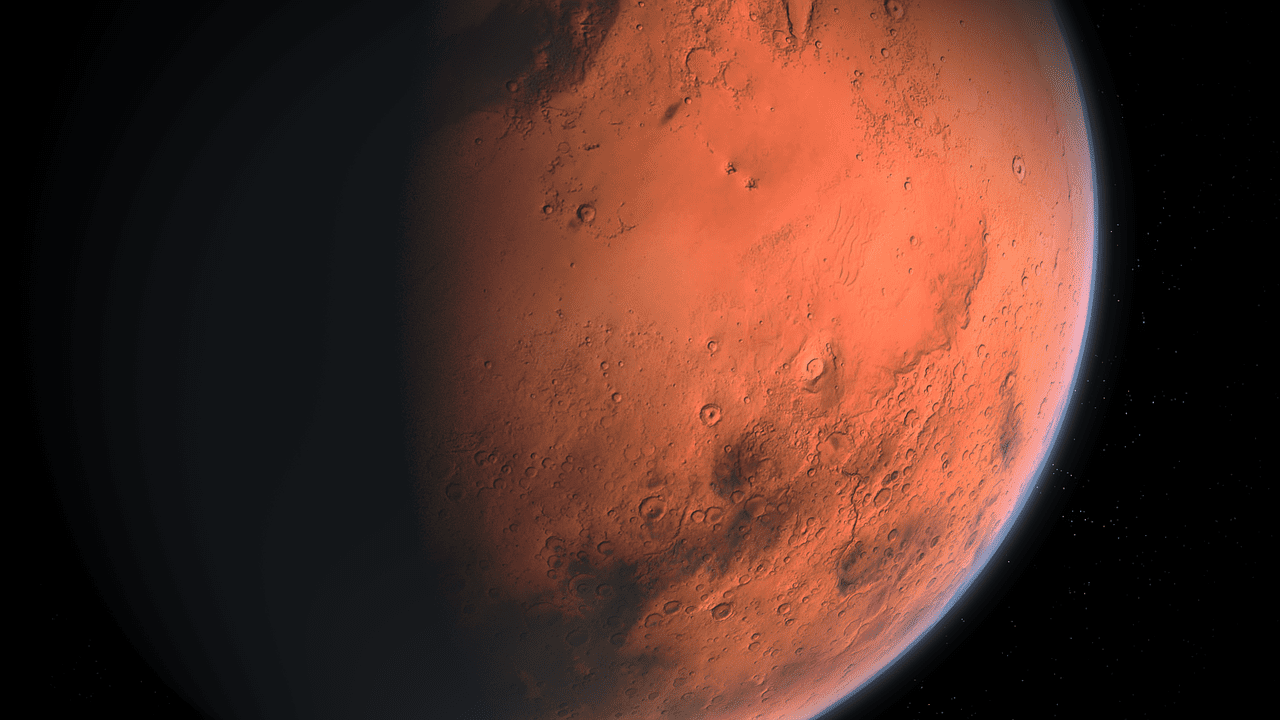Recent findings provide light on a hitherto unexplored area of Mars with a wet history and the potential it holds for the NASA-ESA Mars Sample Return mission.
The Perseverance rover, now deep in its second scientific campaign, is drilling rock cores from features in a region that has long been considered a strong candidate for uncovering indications of ancient microbial life on Mars. The rover has gathered a total of 12 fascinating rock samples from the Red Planet’s Jezero Crater, including four from an old river delta since July 7.
About 3.5 billion years ago, a river and a lake on Mars converged, creating a delta in the broad Jezero Crater. The sedimentary rocks of the delta are now being studied by the intrepid crew of the Perseverance. These rocks were formed as sediments of varying sizes settled in an ancient body of water. Igneous rock, which originates underground from magma or even during volcanism at the surface, was discovered during the rover’s first scientific mission.
The NASA Perseverance Rover Explores a Geologically Diverse Region of Mars
Wildcat Ridge is the name given to a prominent rock that is around 3 feet (1 meter) in width. It probably originated as a layer of mud and fine sand that deposited at the bottom of a salty lake that evaporated billions of years ago. This abrasion of Wildcat Ridge by the rover occurred on July 20. This made it possible for it to conduct an in-depth scientific analysis of the region using a device called SHERLOC, which stands for “Scanning Habitable Environments with Raman and Luminescence for Organics and Chemicals.”
SHERLOC found organic compounds in the samples that linked spatially with sulfate mineral concentrations. Information on the water conditions that led to the formation of sulfate minerals in sedimentary rock strata is invaluable.












Leave a Reply